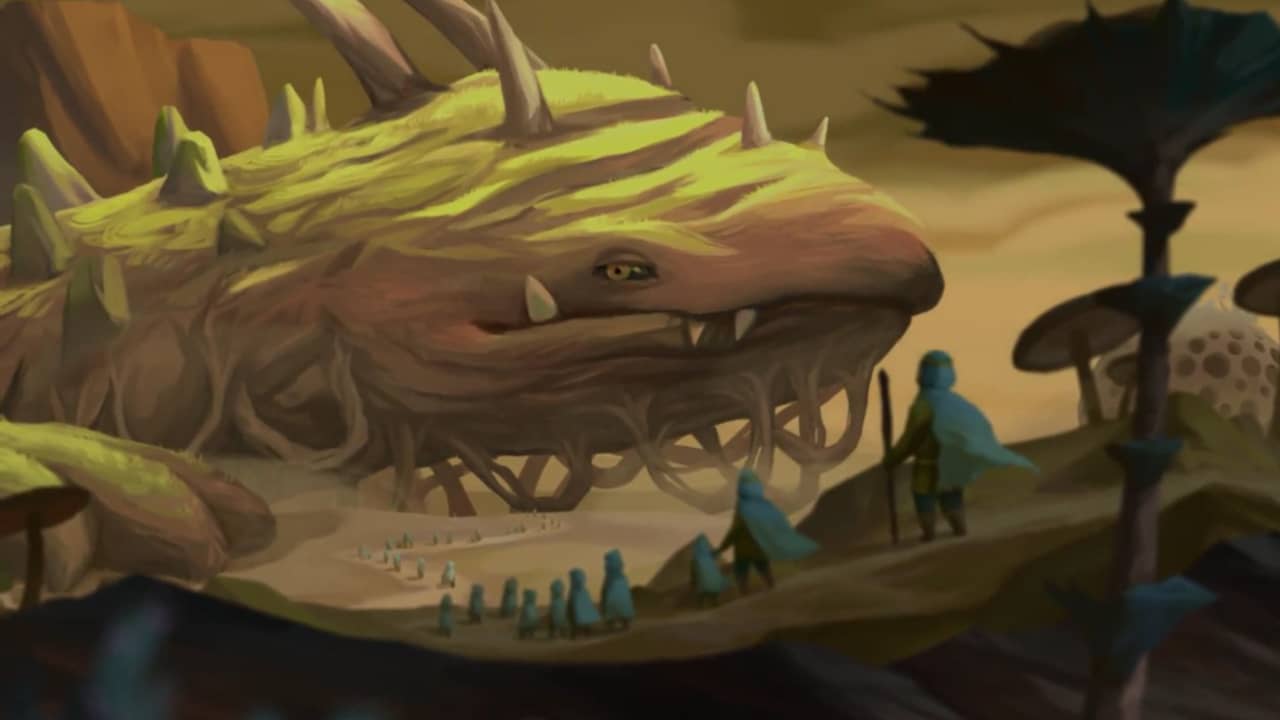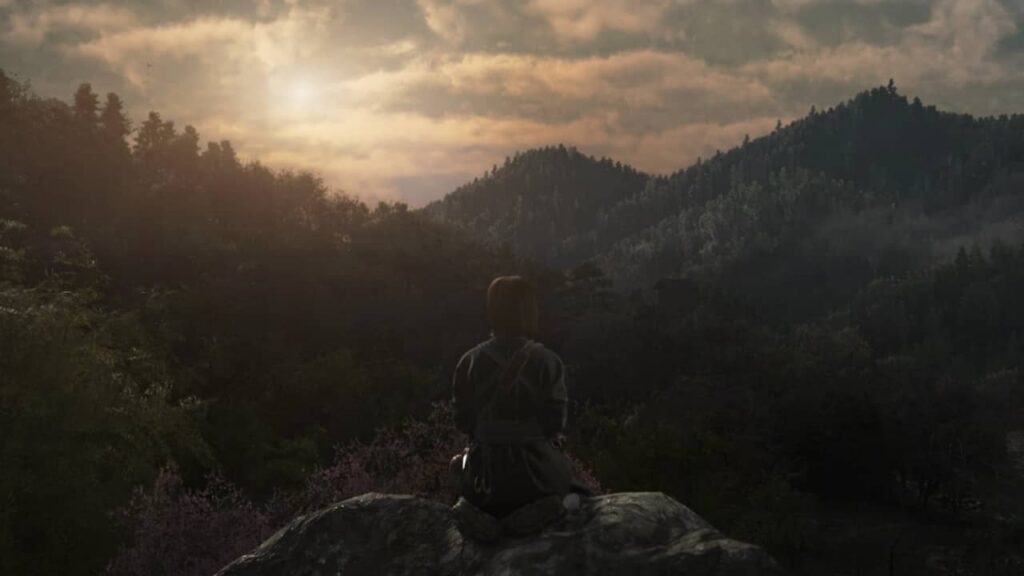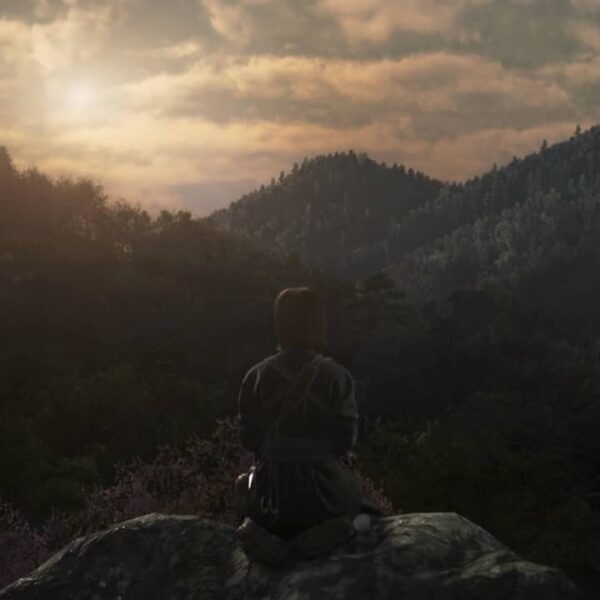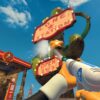Studio Ghibli-inspired is as synonymous with colourful animated visuals as Overcooked is the reference point for any game where you have to do more than two things at once with a timer. However… The Wandering Village is a Ghibli-inspired experience in that the characters and narrative resemble that of Nausicaa, and the village in which you’re developing is mobile in the same way as Howl’s Moving Castle. That done and dusted, let us look under the hood, not at other IPs, but why this city builder from Stray Fawn Studio is a game you may need to pay attention to.
Much like the trusted point and click needs the odd innovation, so too does the city builder when there’s an abundance of games that have the same process of building a home for your workers, sourcing food supplies, and securing a dedicated research centre for new developments. The Wandering Village has all those things, only the colossal ace up its sleeve is the Onbu: a somewhat mythical giant creature that dons your community as if it were a rucksack slung over its shoulder whilst en route for a game of squash down the leisure centre.
It’s important to note that there is some sort of dynamic here between the nomad community and this gigantic beast, and it’s not just a relationship of convenience for the human party. The Onbu will transport the people through various biomes; allowing them to scavenge for new resources and scout followers who’ll contribute to the village’s success, and in return, the people will feed and nurture the creature, giving a balanced diet that doesn’t involve mail-order protein supplements, and even having dedicated specialists that command it, heal it when it’s poorly, as well as provide a dedicated cinema screening for kaiju movies. That might be made up.
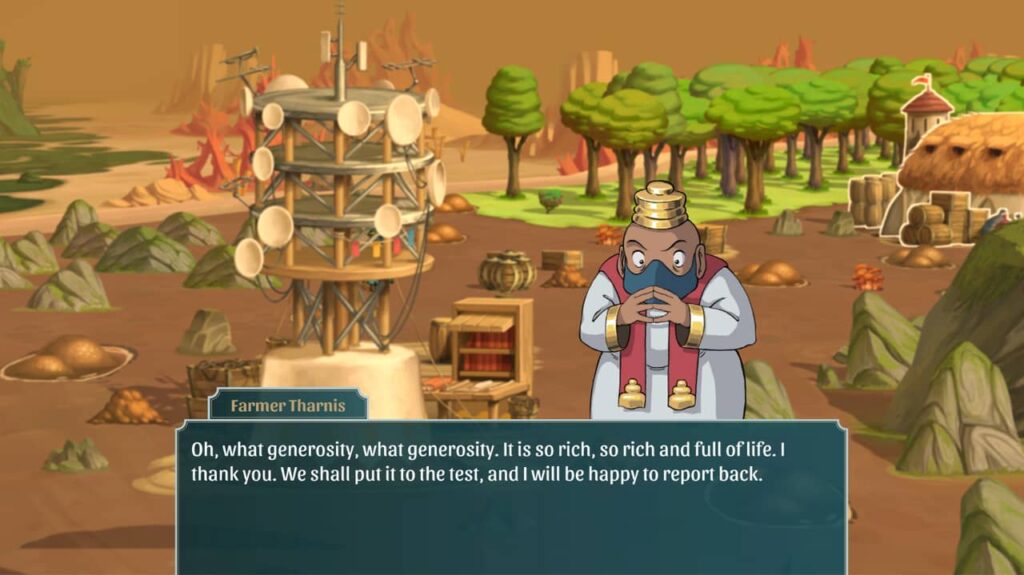
After naming your Onbu and selecting a suitable difficulty level, The Wandering Village immediately sets off at a decent tempo. You’re free to build as you please, investing in numerous technologies for your community to thrive, but there is an underlying story where you have to complete a series of objectives, uncovering some ancient tech and pulling out a narrative thread. All those fairy tales that the Elders have been telling might serve some purpose, but first, we need to cultivate some berries, as the townsfolk are getting hungry. We’ll skim over the fundamentals, which are commonplace in any game of The Wandering Village’s type. Feed your subjects, power through with tech and amenities, recruit nomads, and research an abundance of quality of life tech and structures that’ll make your little community succeed. Potentially at the expense of the Onbu.
In a slight twist, you can live off the Onbu by establishing a tight-knit society balanced with compassionate facilities for the creature, ensuring it eats well, takes regular breaks, and bends with its knees and not its back. Or you could live off the Onbu as a parasite, squandering resources and giving it commands with disregard for its well-being. It’ll hate you for it, but it might get the job done. After all, there are a lot of factors to consider, irrespective of the fundamental needs of your people. As the Onbu travels mostly in real-time, you’ll note that the climate may change, and this in turn will affect crops. You may be slaying with quality produce, then all of a sudden, everything dries up, and the peasants are revolting. The Wandering Village is a lot fairer than most, but don’t let the cute visuals deceive you into thinking this’ll be an easy ride.
Despite the pleasant visuals and previous nods to Ghibli, The Wandering Village isn’t always the most accommodating in its presentation. I found the placement of structures quite ugly, and with the limited spaces available, the focus is more on being resourceful than having an Animal Crossing-like paradise of well-placed amenities. As usual, playing exclusively on the Steam Deck was great and without complications. Using the right stick allows you to flit in and out of viewpoints, from a top-down perspective with varying zooms, to seeing a side-scrolling Onbu, then on to a world map with optional paths that reward with resources, townsfolk, or simply the excitement of exploration. If only there were the same degree of autonomy with building placement and rotating the camera to see behind the trees.
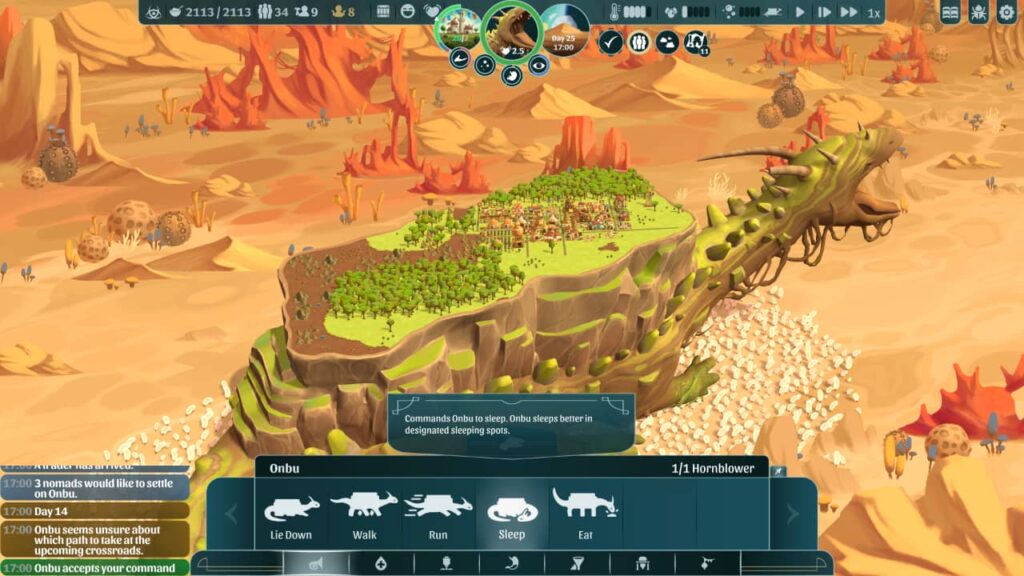
On many occasions, resources needed for research were hidden behind trees, and without being able to swing around them with a well-adjusted viewpoint, I found myself adopting a gung-ho approach of chopping down as many trees as possible. This made it easier to see what was going on, but didn’t resolve the ability to flip around a house or two so that the village didn’t look like an old-school Sim City iteration. The Wandering Village isn’t the most visually pleasing when we’re discussing placements, but it certainly makes up for it with variety and unique structures, roles and products that are achieved through perseverance and experimentation. For this reason, despite some slight reservations with how it looks at times, it’s certainly immersive, and there’s the likelihood you’ll forget the time, zoom out, and what was previously a sunny day is now snowy. And no, I’m not talking about the game. Go out and touch some grass (but take your Steam Deck and The Wandering Village with you).

